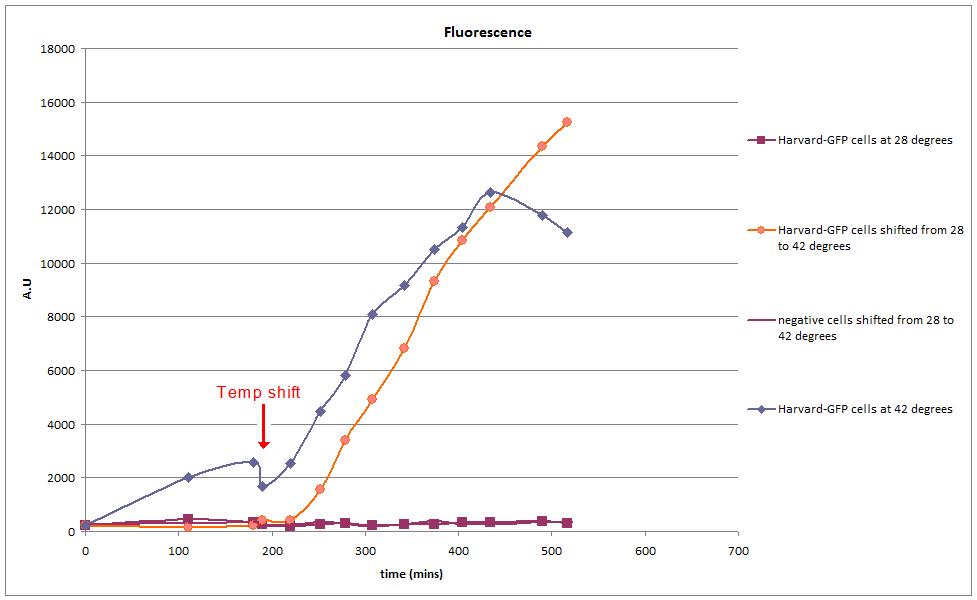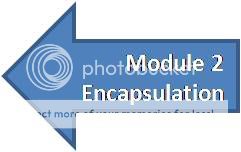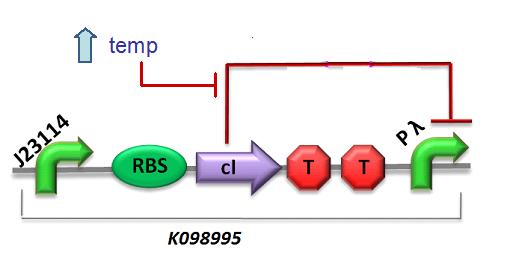Team:Imperial College London/Thermoinduction
From 2009.igem.org

Please delete as completed.
Thermoinduction feedback from todays session:
1) Bold important sentences/words
2) Why didn't we use Chemoinduction/why we chose this system? - had to get signal through CA layer so this eliminates the use of .... and construct was already BioBricked but not characterised...
3) Results: Make the text on the graphs bigger & remove Harvard in the title! Use K098995 and link to registry.
4) Results: Explain what the assay is - link
5) PRESENT DATA AS CHARACTERISATION OF EXISTING BIOBRICK!!! - Title it this
6) If no data exists - say that as the wiki is being frozen we haven't added the data but will have it in time for the Jamboree.
7) Have a rationale section.
8) Add what teams can reuse from this module.
9) Have a conclusion of the page at the end - couple of lines.
10) Link to the relevant Wet Lab section
11) Remove !'s in learn mores
Contents |
Module Integration - Thermoinduction
Overview
When sufficient protective coating has been made, the temperature of the system is raised to 42°C. This activates the thermosensitive promoter, consequently triggering module 3.
Rationale
After encapsulation, it becomes more difficult for normal chemical induction to penetrate the outer protective coating. To tackle this problem, heat induction is used. Heat induction is, in addition, a commonly used and highly reproducible induction method in industrial scale manufacturing processes.
The thermosensitive cI promoter is chosen as it is widely cited in literature for efficient thermoinduction of systems [1], and has been proven to work well in commonly available plasmids. BBa_K098995, in particular, is the only construct for the thermosensitive cI system in the registry and has already been characterised previously.
The thermoinducible system
The lambda promoter is strongly repressed at 28 degrees by the cI repressor. Therefore, at 28 degrees, the thermoinducible system has no activity.
However, this cI repressor is unique in that it is temperature-sensitive, and will readily lose its functional structure as the temperature increases. Therefore, when the temperature is raised to 42 degrees, the lambda promoter is no longer repressed and can trigger module 3.
 About Thermoinduction.
About Thermoinduction.
Results
The thermoinducible construct is tested by ligating it to GFP. Therefore, we can detect a change in promoter activity by variaton in GFP fluorescence.

The GFP fluorescence is shown to be at baseline when cells are grown at 28 degrees. However, when the cells undergo a temperature shift to 42 degrees, there is an almost immediate increase in GFP fluorescence. This shows that the activity of the lambda promoter does increase when the temperature is shifted up.
 About our wetlab results!
About our wetlab results!
References
Wolfgang Jechlingera*, Michael P Szostaka 1 , Angela Wittea, Werner Lubitza (1999) Altered temperature induction sensitivity of the lambda pR/cI857 system for controlled gene E expression in Escherichia coli. FEMS Microbiology Letters. 173(2), pp 347 - 352


 "
"






